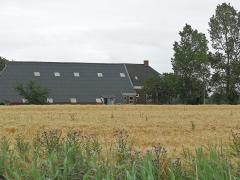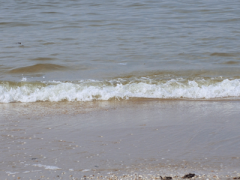Phosphorus budget in the water-agro-food system at nested scales in two contrasted regions of the world (ASEAN-8 and EU-27)
In this paper the P cycle in anthropic systems is analyzed with an original multiscale approach (world region, country, and large basin scales) in two contrasting world regions representative of different trajectories in socioeconomic development for the 1961–2009 period: Europe (EU-27)/France and the Seine River Basin, and Asia (ASEAN-8)/Vietnam and the Red River Basin.
Whereas crop production increased until the 1980s in Europe and France and has stabilized thereafter, in ASEAN-8 and Vietnam it began to increase in the 1980s and it is still rising today. These trends are related to the increasing use of fertilizers, although in European countries the amount of fertilizers sharply decreased after the 1980s. On average, the total P delivered from rivers to the sea is 3 times higher for ASEAN-8 than for EU-27 countries and is twice as high in the Red River than in the Seine River, with agricultural losses to water in ASEAN-8 3 times higher than in EU-27.
Based on the P flux budgets, this study discusses early warnings and management options according to the particularities of the two world regions, newly integrating the perspective of surface water quality with agriculture, food/feed exchanges, and diet, defining the so-called water-agro-food system.
Authors
Specifications
- Publication title
- Phosphorus budget in the water-agro-food system at nested scales in two contrasted regions of the world (ASEAN-8 and EU-27)
- Publication date
- 30 July 2015
- Publication type
- Publication
- Magazine
- Global Biochemical Cycles, 29, (2015)
- Product number
- 1891




